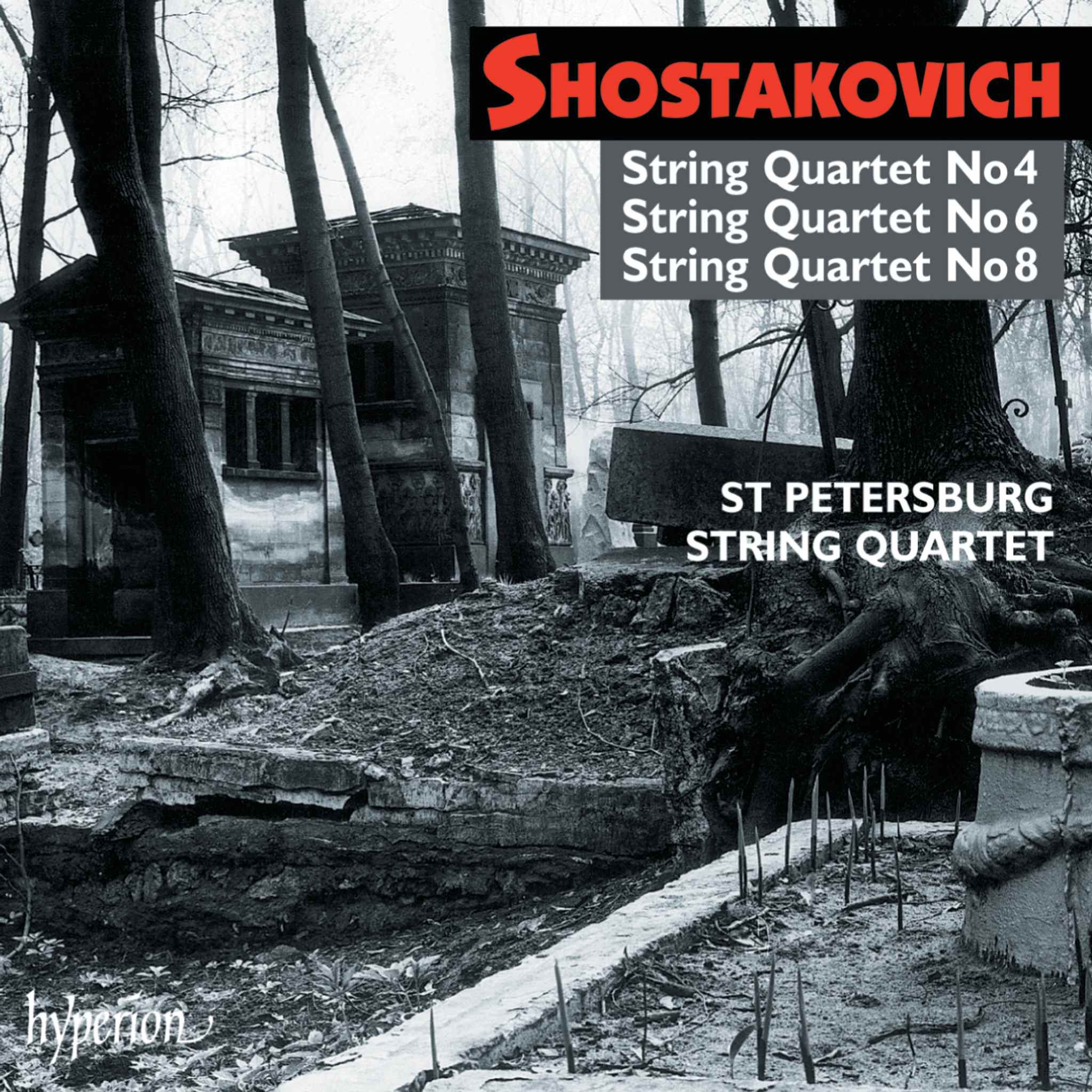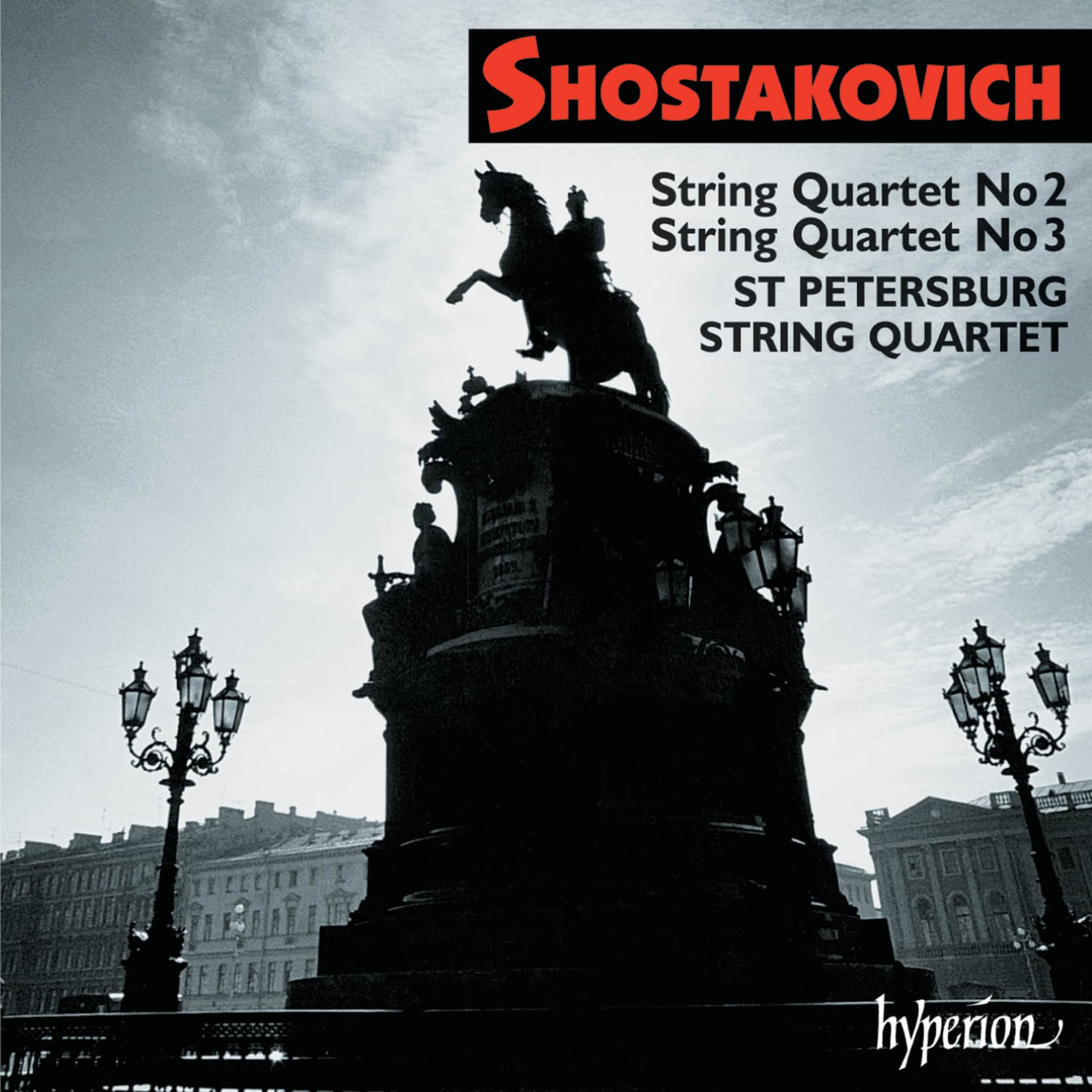Album insights
The Greek word "anthology" actually means 'collection of flowers,' and in the garden tended by Felicity Lott and Graham Johnson, species from all over the world can be found. Violets, rosemary, mimosas, ivy, lilies, daisies, roses, jasmine, strawflowers, sunflowers, snowdrops, saffron, primroses, blossoms of walnut trees and orange trees, laurels, cloves, lilacs, strawberries, cornflowers, bindweeds, cyclamens, brooms, lilies of the valley, marigolds, irises, and carnations adorn the gardens of Germany, France, and England.
Robert Schumann's "My Garden," a poem by Hoffmann von Fallersleben, mentions every imaginable flower that can be woven into a wreath for a loved one, except for the flower of happiness. To emphasize this aspect, Schumann includes the quote "Whether she is native" from Beethoven’s "To the distant beloved." The manuscripts of Schumann's songs often contain personal statements serving either the musical interpretation of the song or autobiographical hints about the composer himself. On the margin of "Jasmine Bush" (Rückert), he wrote that he was trying to find descriptive music for the emotions of nature and the symbolism of human love. The jasmine, we are told, was green when he went to bed (piano sixteenths here symbolize the gentle breeze that sways the jasmine blooms back and forth). However, by daybreak, the jasmine had turned white.
The later song "Heartache" (January 1851) contains autobiographical aspects of a less joyful nature. Ulrich's poem tells of madness and death by drowning - a painful foreshadowing of Schumann's own emotional breakdown and suicide attempt in 1854 when he threw himself from a bridge near Düsseldorf into the Rhine. However, the "Flower of Resignation" (1850) sparkles with self-assurance in every single bar. Rückert's poem is the story of a flower waiting for her beloved in the garden. The beautiful melody of the cheerful piano prelude and its subsequent development almost perfectly captures the girl's quiet confidence.
"The First Green" from 1840 is one of the twelve Kerner songs, Op. 35, and contrasts human weakness with the life-giving forces of nature. Schumann juxtaposes the keys of G minor and G major with poignant effect, and the final stanza ("How it drives me away from people! My suffering is lifted by no human word") reminds us of his disdainful remarks about humanity. "Volksliedchen," however, lacks such melancholy; Rückert's lighthearted poem describes a garden walk of a girl dreaming of her beloved with a green hat - her love for him is so strong that she would give him her heart if she could tear it out of her chest. The musical accompaniment skips joyfully along as the girl enters the garden. However, as she is lost in thoughts of her beloved, staccato turns into legato, and a growing chromatic accompaniment reflects the unease that comes over her as she speculates about his possible actions and whereabouts. The lively little coda manages to express all her varied feelings: boundless love, impatience, and even a touch of childish defiance.
Hugo Wolf composed his Mörike-Lieder in Perchtesdorf, a small market town about twenty kilometers from Vienna, at the Werner family's house on Brunnergasse (now the Hugo Wolf House). He arrived there in January 1888 with heaps of manuscript paper, a portable bathtub, his indispensable coffee machine, and, most importantly, a copy of Mörike's poems. Despite the austere living conditions and arctic temperatures, the atmosphere of this place triggered a creative burst in him comparable to Schumann's creative phase of 1840: In just about nine months, Wolf produced a total of thirty-five Mörike settings. Thanks to the lively correspondence between Wolf and his friends, we have a fairly accurate description of his working method today. His day typically began with a walk through the garden, which was home to a huge mulberry tree, and then up to the Hochberg above the 'Häuslein Windebang,' the garden arbor of the Werner family, mentioned in "The Boy and the Bee." He then worked on the respective song either in his bedroom or study: he would read the poem aloud and work out the rhythm, harmony, and melody on the piano. His usual lunch was at the tavern "Zum schwarzen Adler," followed by black coffee, a cigarette, and the next work session.
Which Mörike poem Wolf chose to set to music was partially dependent on the seasons; for example, "In Spring" and "It is He" were composed in the spring. Although written immediately after each other, these two pieces could hardly be more contrasting. "In Spring" is filled with Wolf's most symphonic mood and is dominated by a longing character that provides an ideal musical interpretation of the sorrow and pain described in Mörike's poem. This piece was completed in one go in the early hours of March 13, 1828. Wolf sent a copy of the poem to his friend Johannes Mährlen, along with a letter whose opening lines should be cited in every anthology of garden poetry and music:
Here I sit and write in the sunny garden of the local Catholic priest. The arbor where my table and writing materials are is illuminated by the sun through young honeysuckle. The garden lies somewhat elevated; over the low wall, where one can sit like on a balustrade, one looks directly onto the meadow plan...
On the other hand, "It is He" could hardly represent a stronger contrast to the previous piece. Mörike wrote the poem on March 9, 1829, during a walk in Pflummern; another example of their shared method of composing with unwavering assurance. The poet integrated the poem into his novel "Maler Nolten," as a song sung by the daughter of the night watchman, heard by the recovering Nolten in his sickbed. Mörike's delight in the coming of spring is revealed in four of the five senses: seeing ("blue ribbon"), smelling and feeling ("scents strip"), and hearing ("harp tones"). Wolf's response is an emotive, trembling song that seemingly repeats the phrases of the poem in his hurry. This meticulous song composer - notwithstanding a differing general view - could still be criticized for the misplaced emphasis that stems from the opening line of "The Gardener": The stress on "On her chestnut horse" should actually be on "chestnut" and not, as in Wolf's setting, on "horse." Nevertheless, it is a splendid song with an extremely angular melody that musically mirrors the horse's light dancing.
Another famous spring song by Wolf is based on Goethe's "Spring over the Year." This setting is both a spring and love song, akin to Schumann's "Spring Night." The bell accompaniment running through the entire Wolf song was likely inspired by the third and fourth lines of the Goethe poem ("There wobble bells/So white as snow"). "Anacreon's Grave" is one of the greatest songs in the Goethe songbook. Except for the word "enjoyed," this poem distances itself from the hedonistic nature of the Greek poet and focuses instead on his high, venerable age - he lived to be 84. This elegiac verse inspired Wolf to compose a piece of extraordinary delicacy, where "grave" (a deep F) and "life" (a sustained D) are contrasted. However, death here evokes no fear and horror, as evidenced by the diatonic G major at the openly vocalized word "rest" and the peaceful fading of the coda. A similar tranquil charm is found in the trance-like song "Night's Magic": Wolf captures the dreamy landscape in Eichendorff's poem through a swaying accompaniment and long melodic phrases.
One of César Franck's few songs, "The Marriage of Roses" with text by Eugène David, a priest who claimed to be a descendant of King David, stands out. Literary elegance was not Franck’s strong suit, yet despite the romantically kitsch text, this song composed in 1871 exudes charm and deserves to be more frequently performed. On the other hand, Ernest Chausson's "The Time of Lilacs" has remained one of the most popular recital pieces since its publication in 1886. It is the final piece of the symphonic song cycle "Poem of Love and the Sea" (‘Poème de l’amour et de la mer’) released as a complete work in 1893. Since its inception, this piece has found center stage in the concert hall, with its rich melodic lines and full harmonies effectively expressing the lover's sorrow for his lost happiness.
The exoticism of Bouchor's text is surpassed by Leconte de Lisle's "The Roses of Ispahan." Fauré avoids any disturbance of the captivating beauty of the text (even omitting two stanzas that disrupted the serene atmosphere). His depiction of Leilah amidst the Persian moss roses, jasmine, and orange blossoms possibly makes this song the most exotic piece in the French repertoire, excluding Ravel's "Chansons madécasses," whose poems were written by Evariste Parny, coincidentally the cousin of Leconte de Lisle's mother. Fauré's "Green" is the third song of his "C





